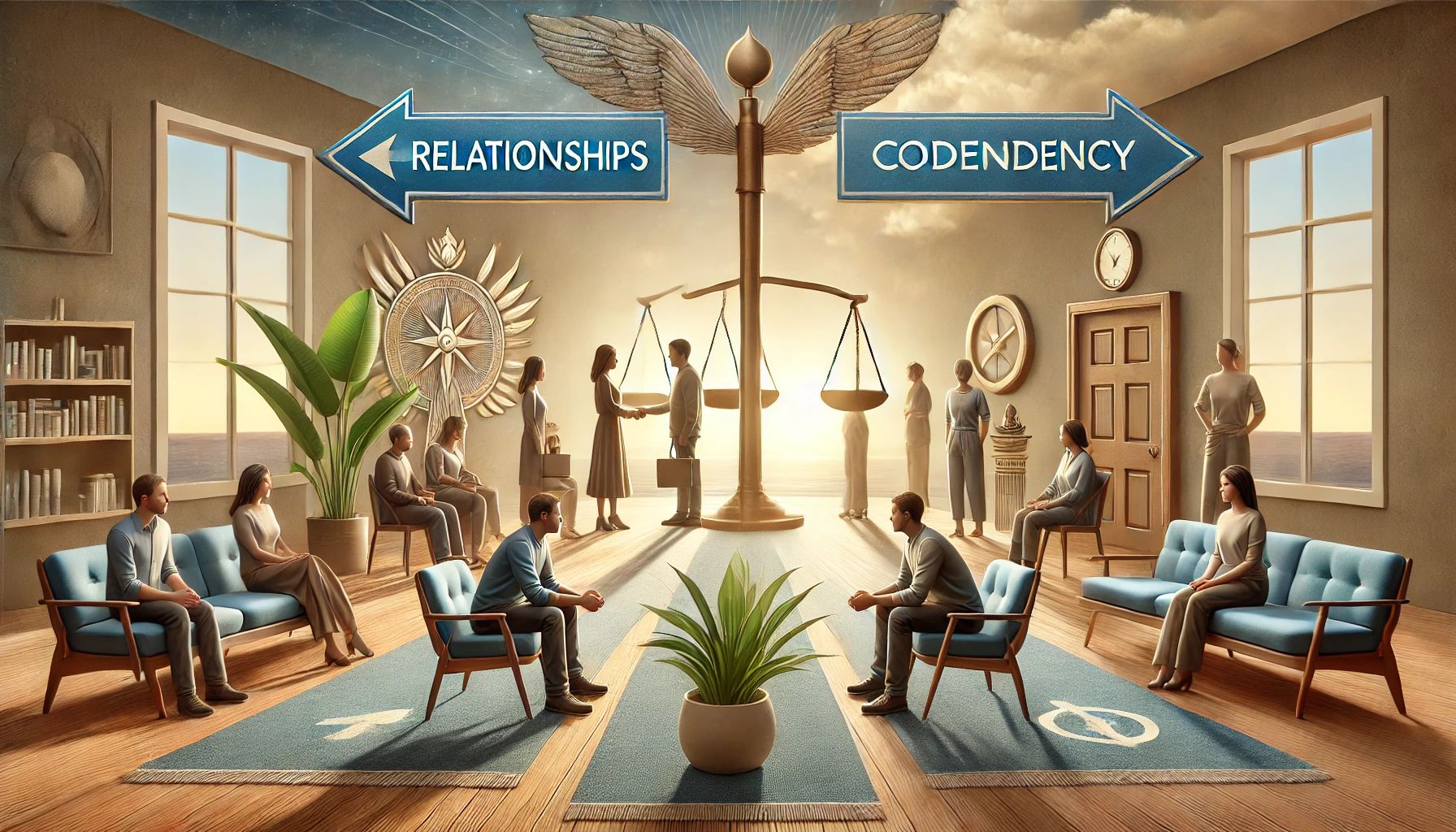
In the realm of therapeutic practice, few questions carry as much weight as the client's quandary over whether to stay or leave a relationship. It's a decision fraught with emotional complexity and profound implications, often marking a pivotal juncture in one's life journey.
Relationships, by their nature, are sustained by bonds—some intrinsic, others extrinsic. The essence of these bonds, or what I refer to as the "glue" of relationships, is crucial to understanding why individuals remain entangled in what can be described as emotionally exhausted unions. In ideal circumstances, this "glue" originates from within—rooted in desire, attraction, and mutual interest. Such relationships thrive on genuine connection, devoid of coercion or self-inflicted emotional confinement.
Yet, not all relationships mirror this ideal. Some endure under the weight of external pressures or habitual comforts, lacking the vitality that once defined them. These are the relationships I classify as "dead"—metaphorically frozen in time, devoid of emotional nourishment or mutual fulfillment. They persist without energy, sustained more by obligation than by genuine desire.
Identifying such relationships involves recognizing distinct markers:
These signs are prevalent in relationships discussed by psychologists, yet what compels individuals to endure such emotional desolation? I posit several factors:
Exiting such relationships poses formidable challenges. Sometimes, a life crisis serves as a catalyst for change, triggering existential reflection and a reassessment of personal happiness and fulfillment. However, breaking free is often complicated by codependent tendencies—blurred boundaries, emotional entanglement, and a lack of personal autonomy.
Navigating this complex terrain often necessitates professional intervention. Therapeutic guidance offers a framework to explore options objectively, weighing the pros and cons of staying versus leaving. It facilitates a clearer understanding of one's emotional landscape and empowers individuals to make informed decisions.
In conclusion, the decision to remain or depart from a stagnant relationship transcends mere external circumstances; it requires a profound internal reckoning. By unraveling the intricate dynamics of emotional attachment and dependency, individuals can chart a course toward personal fulfillment and emotional well-being.


